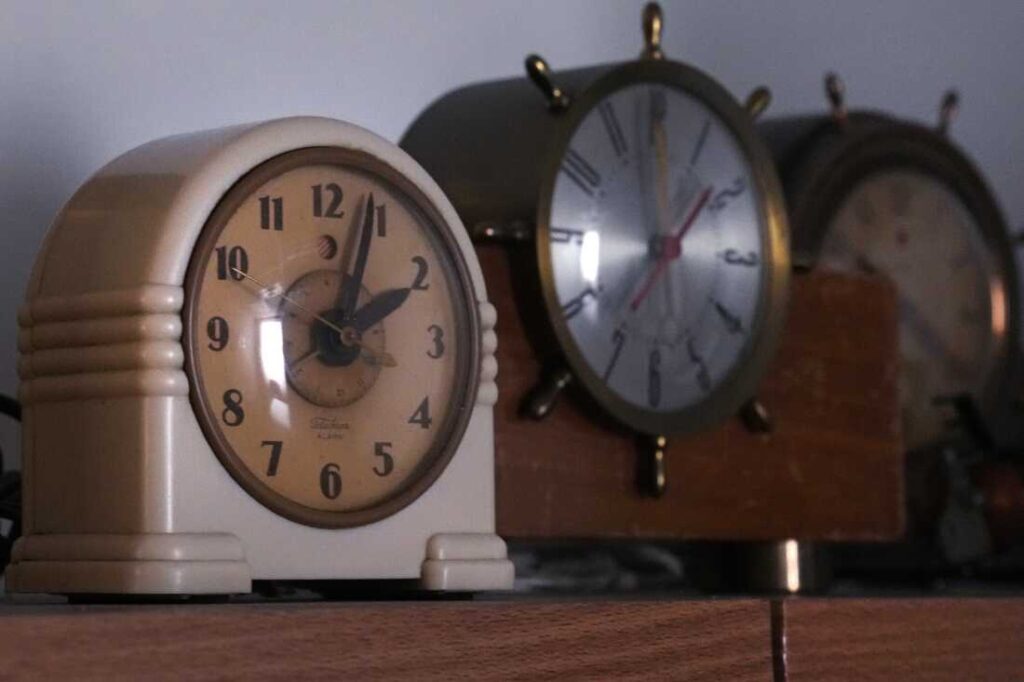As clocks wind back this weekend, millions of Americans will once again prepare for lighter mornings and darker evenings. Daylight saving time (DST) officially ends on Sunday at 2:00 a.m. local time, when clocks jump back one hour. While some welcome the extra sleep, others argue the biannual change disrupts daily life and already-fragile sleep cycles.
Where Daylight Saving Time Is Observed
Nearly every state follows DST, but there are notable exceptions. Hawaii and most of Arizona do not change their clocks, although the portion of the Navajo Nation located within Arizona continues to observe DST. Several U.S. territories—including Guam, Puerto Rico, the U.S. Virgin Islands, American Samoa and the Northern Mariana Islands—also remain on standard time year-round.
Interest is growing among state legislatures to keep daylight saving time permanent. According to the National Conference of State Legislatures (NCSL), 19 states have passed measures signaling support for a year-round DST schedule. However, federal law prevents states from independently making the switch permanent without Congressional approval.
Growing Public Preference for Permanent DST
Public frustration with the current system continues to mount. A recent AP-NORC poll shows just 12% of adults support changing the clocks twice a year. Meanwhile, 56% favor permanent daylight saving time, enjoying longer daylight hours in the evening. By comparison, 42% prefer permanent standard time for the brighter mornings.
Advocates say longer evening daylight improves commuting safety, boosts consumer spending and supports outdoor activity. Opponents counter that darker winter mornings can be harmful for mental health, school safety and productivity.
Legislative Efforts Stall Again
Despite growing public support, Congressional attempts to make DST permanent have struggled to gain traction. Former President Donald Trump has urged lawmakers to act, calling for more daylight at the end of the day.
The most prominent proposal—The Sunshine Protection Act—was introduced by Sen. Rick Scott (R-Fla.) with bipartisan backing. Earlier this week, efforts to advance the bill were blocked by Sen. Tom Cotton (R-Ark.), who argued it would push winter sunrises too late into the morning.
“That would deprive Americans of essential morning sunlight,” Cotton said on the Senate floor, calling permanent DST “a dark and dismal time” for millions.
Former Sen. Marco Rubio championed similar legislation in 2018 and again in 2021. While the Senate approved the bill in 2022, it ultimately failed to receive a vote in the House.
For Now, the Time Change Continues
Without Congressional action, Americans will continue the decades-old ritual of adjusting clocks twice a year. For many, it means a welcomed extra hour of rest. For others, it’s another reminder that the debate over daylight—and how we use it—remains far from settled.

